Microsoft's strategic shift to expand Xbox Cloud Gaming beyond its premium Ultimate tier represents a pivotal moment in cloud gaming accessibility. After years of restricting cloud streaming to the $19.99 Ultimate subscription, Microsoft is now testing broader access through its Xbox Insider program, opening cloud gaming to Game Pass Core and Standard subscribers. This expansion comes at a critical juncture when the company has been restructuring subscription tiers and implementing price increases across the board, making cloud gaming accessibility a crucial differentiator in an increasingly competitive landscape.
The timing couldn't be more strategic. With Game Pass currently maintaining 34 million subscribers but facing slowed growth momentum, Microsoft needs innovative ways to add genuine value to lower-tier subscriptions without forcing mass upgrades to Ultimate. This expansion fundamentally shifts from using cloud gaming as a premium incentive to making it a core component of the Xbox experience across multiple price points.
Breaking Down the Premium Barrier
Here's what's actually changing, and it's significant: Xbox Insiders can now test cloud streaming with Game Pass Core and Standard subscriptions, effectively eliminating the Ultimate requirement for cloud access. This development matters enormously for millions of subscribers who've been locked out of cloud gaming due to pricing constraints.
Let's break down the financial impact. Game Pass Core costs $9.99 monthly and includes over 25 games plus essential online multiplayer access. The Standard tier runs $14.99 monthly with hundreds of games but excludes day-one releases. Compare these to Ultimate's $19.99 price tag, and the value proposition becomes compelling for budget-conscious gamers.
PRO TIP: For casual gamers who primarily play older titles and don't need immediate access to new releases, the Standard tier with cloud gaming could offer the best bang for your buck.
But there's another equally compelling dimension to this expansion. Microsoft is also testing PC game access for Core and Standard subscribers—something previously exclusive to PC Game Pass and Ultimate tiers. This means subscribers could potentially access PC versions of select titles on Windows handhelds without requiring the premium subscription, dramatically expanding the ecosystem's reach.
The technical infrastructure supporting this expansion demonstrates Microsoft's serious commitment. The company operates 26+ Kubernetes clusters across several Azure regions, managing over 22,000 pods to deliver cloud gaming experiences to millions of users worldwide. Between October and December 2024 alone, players streamed 140 million hours of gameplay through Xbox Cloud Gaming—a testament to the service's growing adoption.
The Strategic Implications
The numbers reveal compelling insights about Microsoft's market positioning strategy. Older documents and some analyst write-ups have estimated that a large share of revenue came from Ultimate (estimates of ~70–80% cited for earlier years); Microsoft has not publicly confirmed a current tier split. The company is actively seeking ways to capture more value from lower-tier subscribers. With ARPU projected to rise 15.3% in 2025, adding cloud gaming to cheaper tiers could help justify price increases while delivering genuine added value.
The competitive landscape makes this move even more strategically sound. Sony's PlayStation Plus Premium offers 4K cloud streaming but comes with higher costs and increased latency in many scenarios. Xbox Cloud Gaming currently maxes out at 1080p but delivers superior input latency—approximately 45ms added latency compared to PlayStation's 55ms. For responsive gaming experiences, this latency advantage proves meaningful for competitive and action-oriented titles.
Microsoft's approach also addresses a significant limitation that has frustrated users: restricted game library access. The company has been developing Project Lapland, which allows Ultimate subscribers to stream games they own beyond just the Game Pass catalog. Expanding this capability to lower tiers could dramatically enhance the value proposition for millions of subscribers who own extensive Xbox libraries.
This expansion represents more than incremental improvement—it could fundamentally reshape how we conceptualize gaming subscriptions. Microsoft has already demonstrated that Game Pass dominates 60% of the subscription gaming market with $4.7 billion in 2024 revenue. By making cloud gaming more accessible across tiers, they're essentially lowering the barrier to entry for their entire gaming ecosystem.
The technical improvements continue advancing as well. Microsoft has reduced input latency by 16-72ms through Direct Capture technology and improved packet-loss management with WebRTC implementation. These infrastructure investments make cloud gaming viable for broader game categories and diverse user scenarios than ever before.
Expanding the Addressable Audience
Looking forward, this expansion could prove transformative for audience reach. Xbox Cloud Gaming already supports 28 major markets worldwide, and opening access to Core and Standard subscribers could multiply the addressable audience significantly.
For developers, this represents potentially massive audience growth opportunities. Games supporting touch controls tend to see the highest engagement on mobile cloud gaming platforms, while mouse and keyboard support drives desktop usage patterns. The expanded subscriber base means more people experimenting with different play styles and discovering games they might not have purchased outright.
The critical question remains whether this represents a permanent strategic shift or testing for future pricing models. Microsoft has hinted at everything from dedicated cloud gaming tiers to ad-supported free versions, suggesting continued experimentation with optimal market approaches.
What's increasingly clear is Microsoft's bet on broader cloud gaming access driving overall ecosystem engagement rather than cannibalizing Ultimate subscriptions. With emerging markets projected to drive 27% year-over-year growth in subscriptions, making cloud gaming accessible could prove crucial for global expansion efforts, particularly in regions where console ownership faces economic barriers.
This strategic positioning also transforms Xbox Cloud Gaming from a premium feature into a core component of the Xbox experience across subscription tiers. As Microsoft continues investing in neural rendering and AI-powered features for next-generation cloud gaming, broader accessibility ensures more users can benefit from these technological innovations.
Bottom Line: A Strategic Evolution That Makes Sense
Microsoft is fundamentally transforming its approach to cloud gaming accessibility, and the timing couldn't be better. This expansion delivers genuine added value for Core and Standard subscribers without requiring costly upgrades to Ultimate. Whether you're on the $10 Core tier for essential gaming needs or the $14.99 Standard tier for broader library access, cloud gaming transforms how, when, and where you can play.
The ability to instantly access games on phones, tablets, or any browser-enabled device eliminates traditional barriers like hardware requirements, storage limitations, and geographic constraints. It's the kind of flexibility that could make Xbox genuinely competitive in markets where console ownership isn't as prevalent, supporting Microsoft's "Xbox everywhere" vision.
Here's what you need to know: If you're currently on Core or Standard and have been considering upgrading for cloud access, this expansion could save you $60-120 annually while providing the flexibility you want.
The success of this expansion will likely determine Microsoft's future approach to cloud gaming pricing and accessibility strategies. If it drives engagement without significantly impacting Ultimate subscription revenue, we could see even more dramatic changes to how we access and pay for gaming content. For consumers, that translates to more choice, better value, and fewer barriers to jumping into great games wherever you happen to be.
This isn't just about making cloud gaming cheaper—it's about Microsoft positioning Xbox as a platform that meets gamers where they are, regardless of their budget or hardware constraints. That's a strategic evolution worth watching closely.







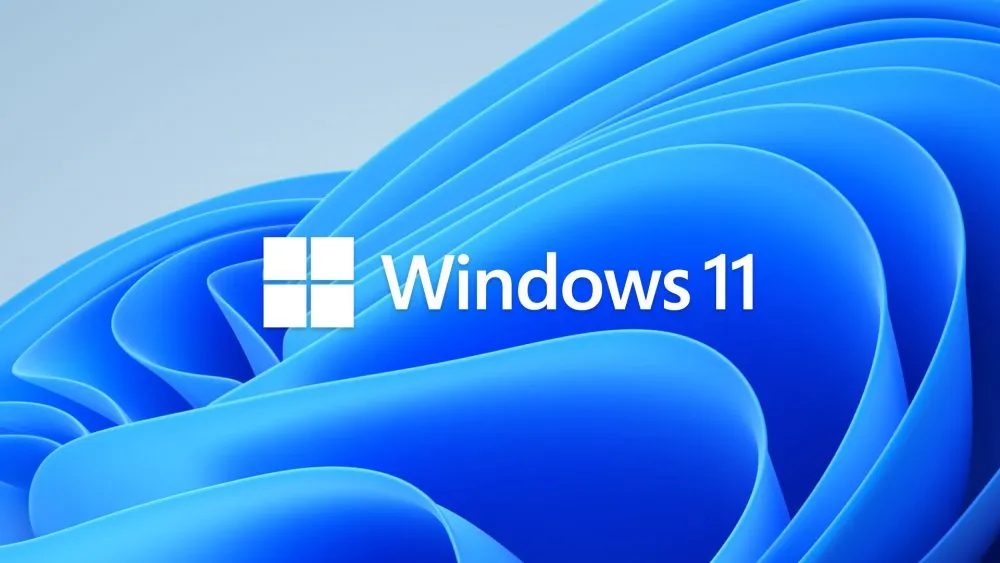
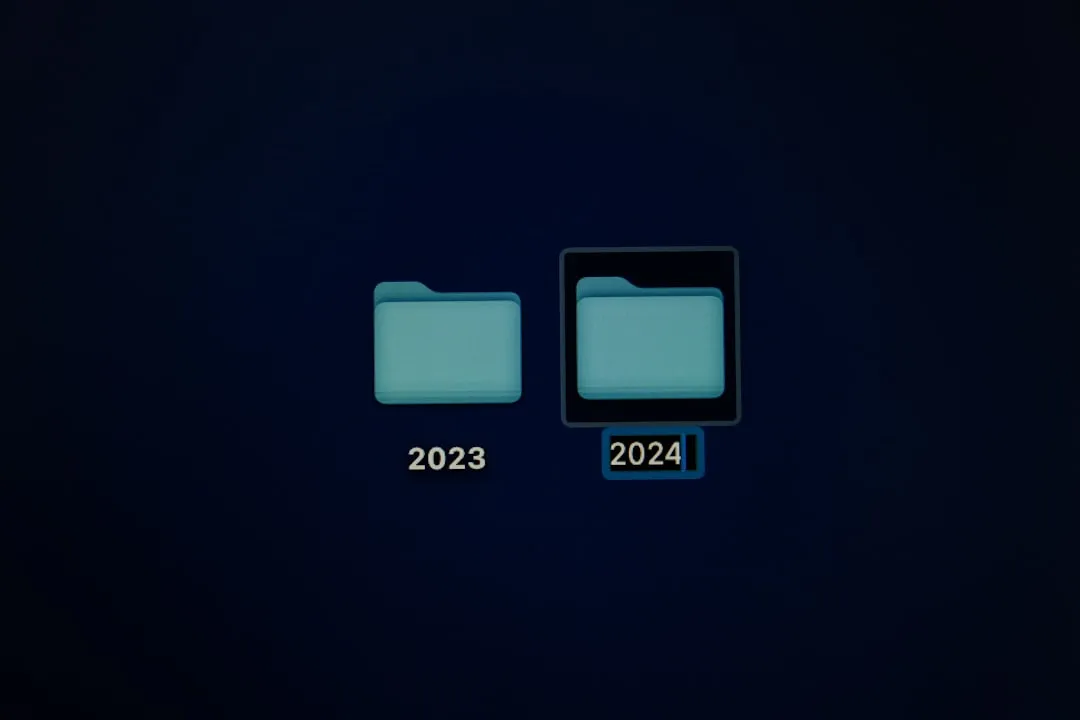

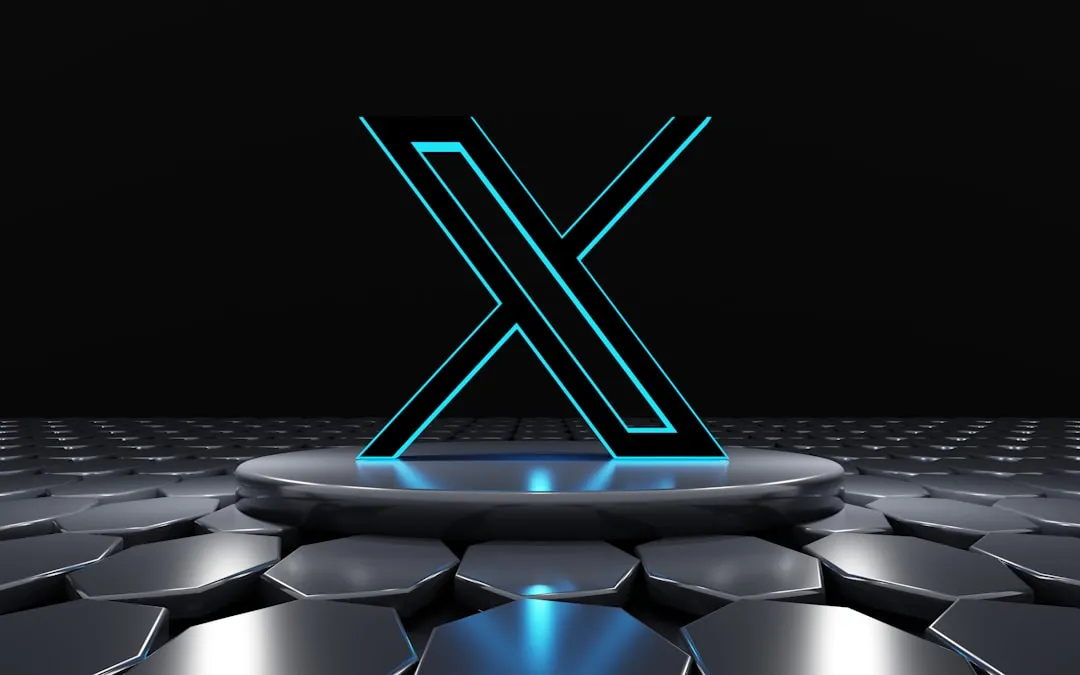


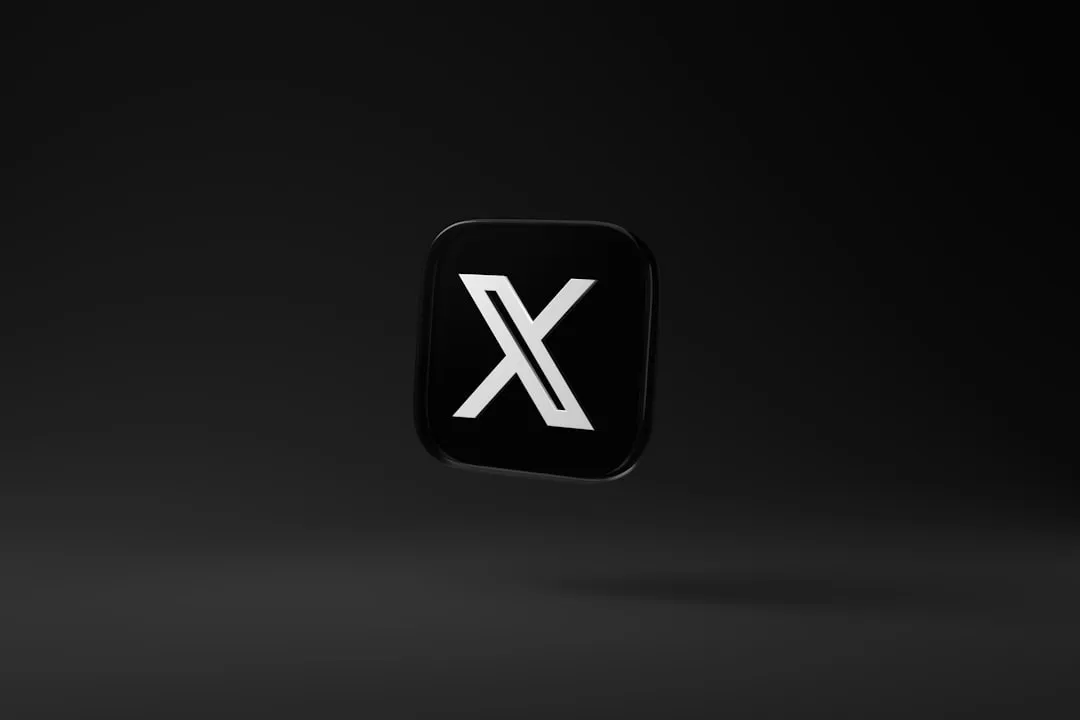

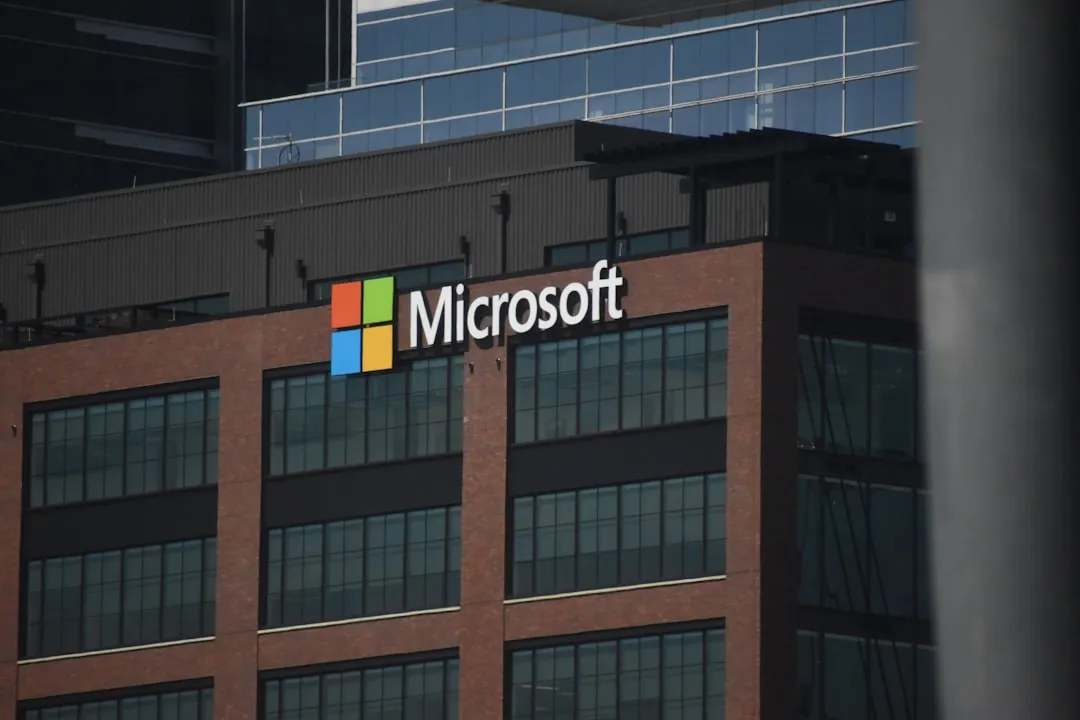




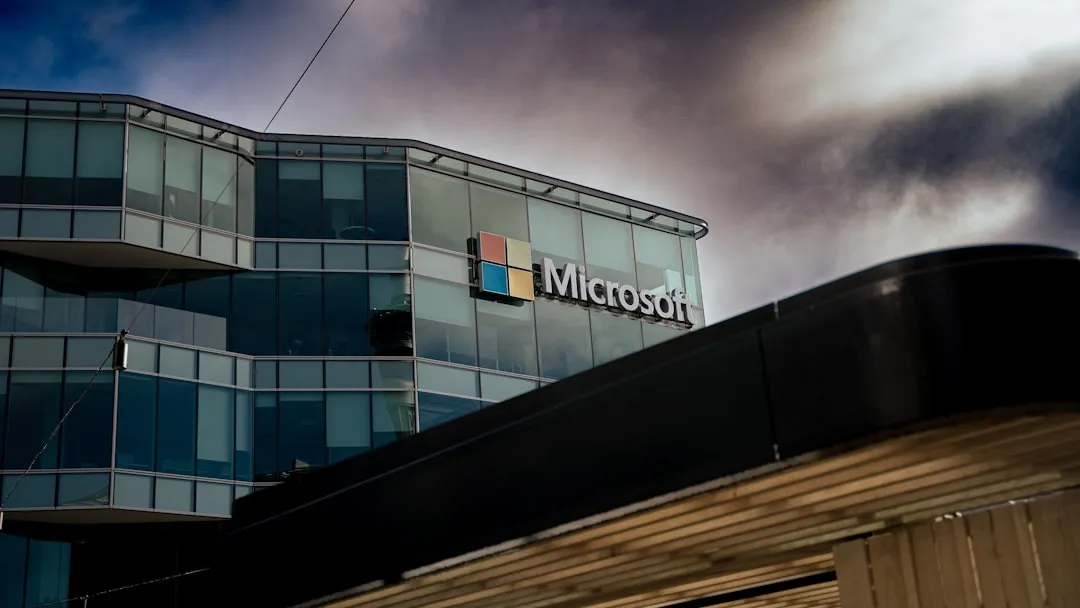


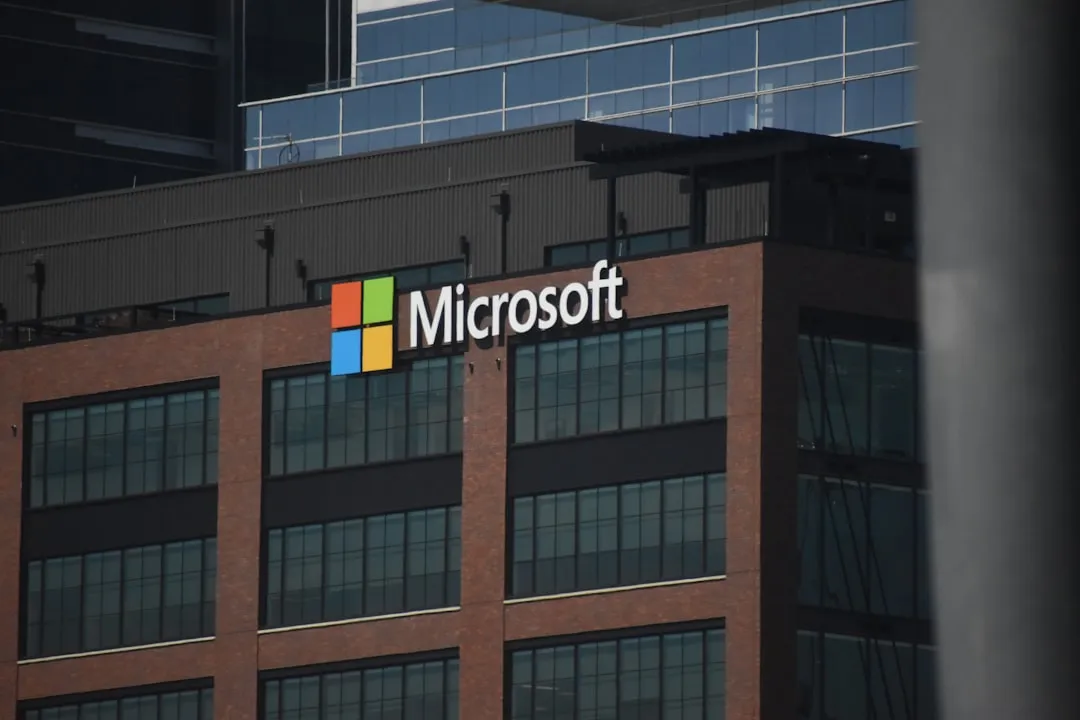
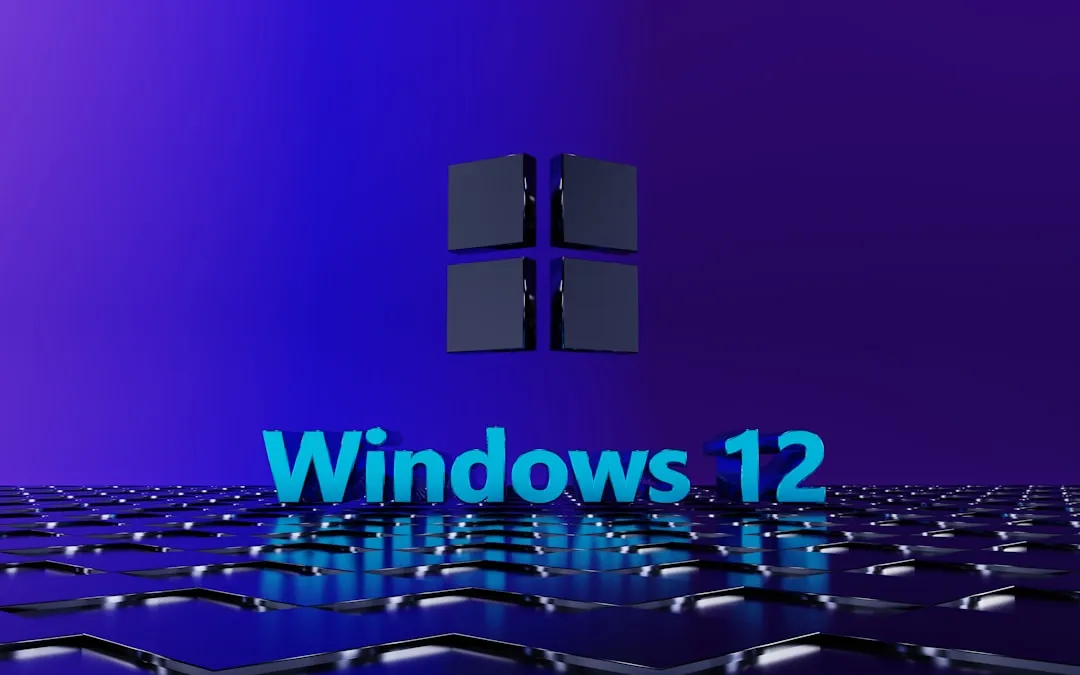
Comments
Be the first, drop a comment!